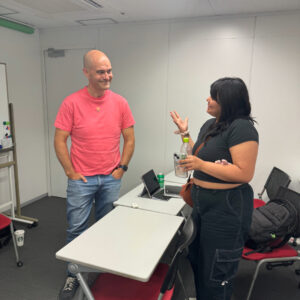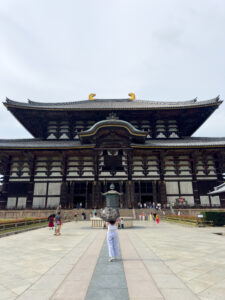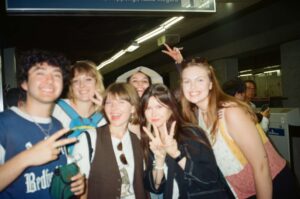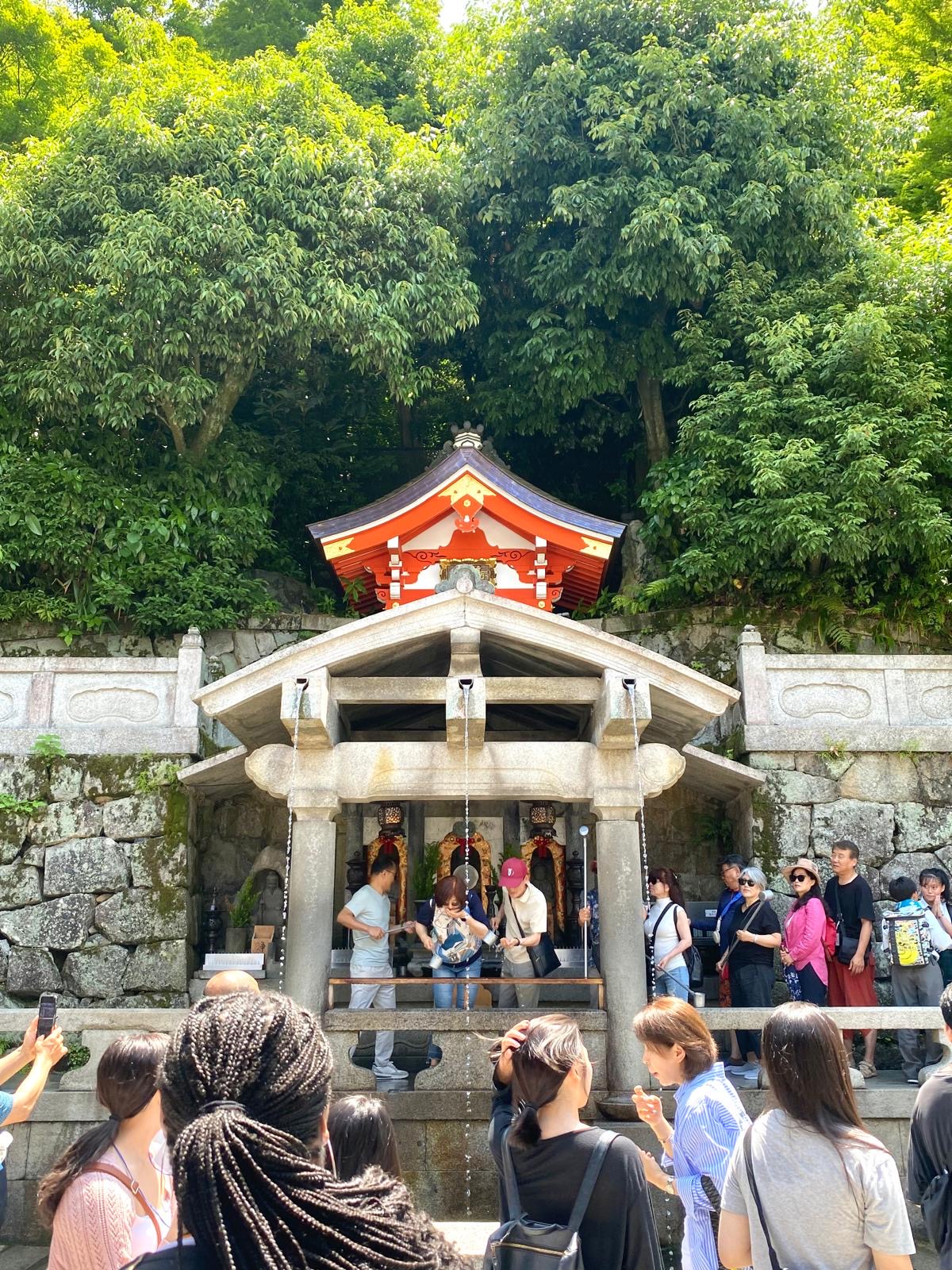
Japan’s former capital, Kyoto, is a city where modern life blends harmoniously with the echoes of tradition and history. Kyoto is home to several stunning locations that draw millions of visitors annually. Kyoto has something to offer everyone, whether lush gardens, serene temples or ancient neighborhoods. Here, we look at my top three attractions that truly embody the spirit of this ageless city.
- Gion district: the heartbeat of tradition
Geiko, as geisha are known in Kyoto, are mostly found in Gion, the most well-known geiko district in Kyoto. It feels like a trip back in time to stroll through Gion, particularly along Hanami-koji Street and the Shirakawa Canal. The area is lined with old wooden machiya houses, many of which have been transformed into stores, teahouses and restaurants.
In the evening, the district comes to life with the sight of geiko and maiko, who are geiko apprentices, gracefully making their way to appointments along the streets. Attending traditional performances, such as the geisha dances at Gion Corner, or indulging in kaiseki, a multi-course Japanese meal, at one of the district’s renowned restaurants provides guests an immersive cultural experience.
In Gion, the tea ceremony promotes communal harmony and introspection more than cultural performance. It connects modern culture with traditional customs and values by acting as a link between the past and the present.
Being skilled in the tea ceremony signifies a geiko’s commitment to the arts and their position as cultural ambassadors. Those who participate in a tea ceremony in Gion are given an immersed cultural experience. A journey via the senses into the core of Japanese culture is made possible by the calm and serene atmosphere, the mouthwatering matcha flavors and the meticulous attention to detail. Several teahouses in Gion provide customized tours for visitors, frequently with English explanations to improve comprehension and appreciation by tourists.

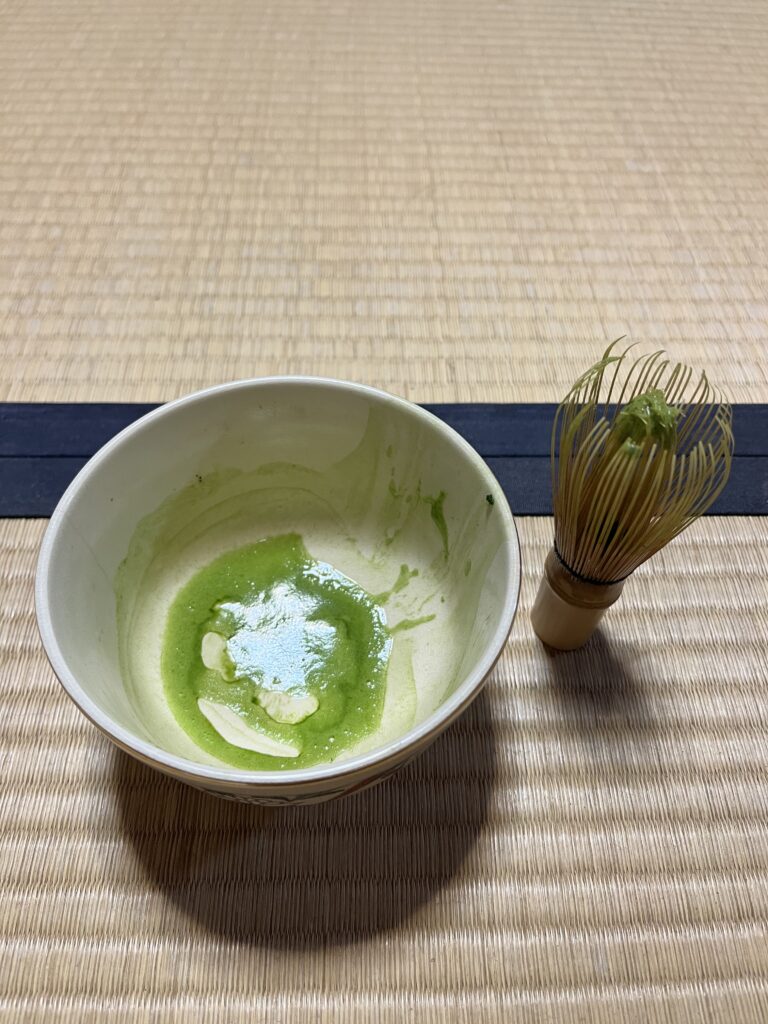
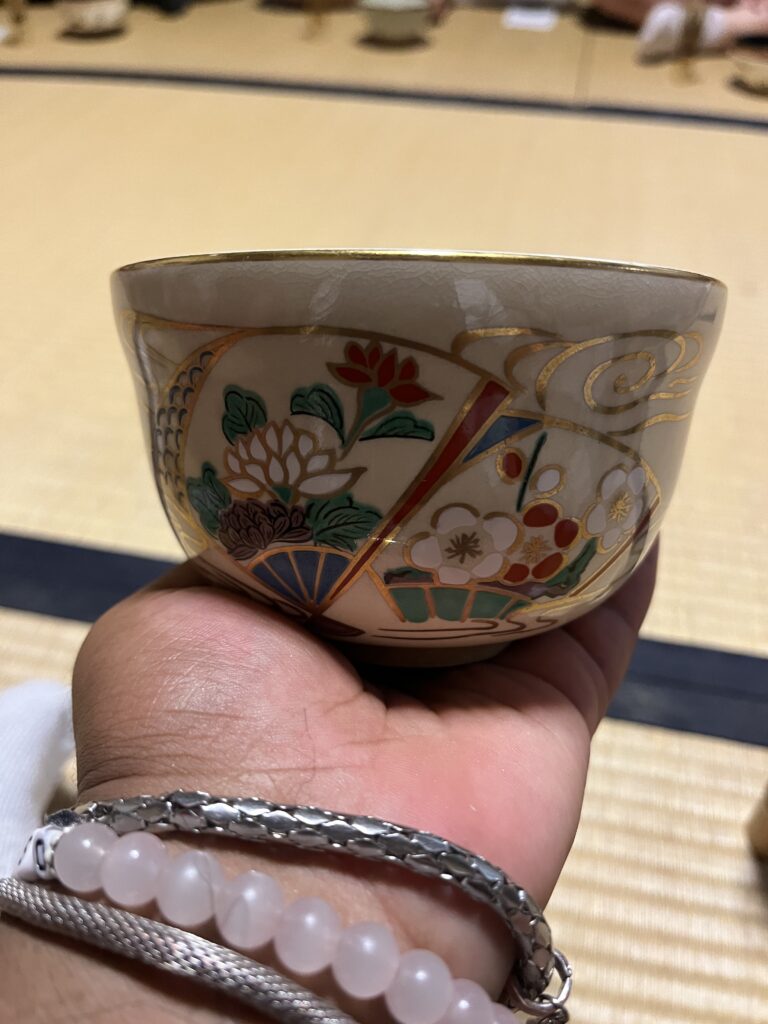
Gion offers an entire experience that perfectly captures the spirit of Kyoto; whether you’re strolling through its winding streets, participating in a traditional tea ceremony or just taking in the atmosphere, Gion is a must-visit location that is sure to make an impression on anybody looking to connect with Kyoto’s timeless beauty and rich legacy.
2. The Imperial Palace: a journey through time
A unique look into Japan’s royal past and traditional architecture may be had by visiting the royal palace in Kyoto. It is a fascinating experience.
Before the capital was transferred to Tokyo in 1869, Japanese emperors lived in the Kyoto Imperial Palace for over a thousand years. It is essential to comprehend Japan’s history because of its significance as the epicenter of Japanese imperial culture. The palace complex’s historic buildings and grounds capture the sophisticated taste and aesthetic sensibility of the nobility and Japanese imperial family across generations.
One of the best examples of the Heian Period architecture is the Imperial Palace. The buildings display traditional Japanese architectural techniques, with motifs and natural materials like wood.
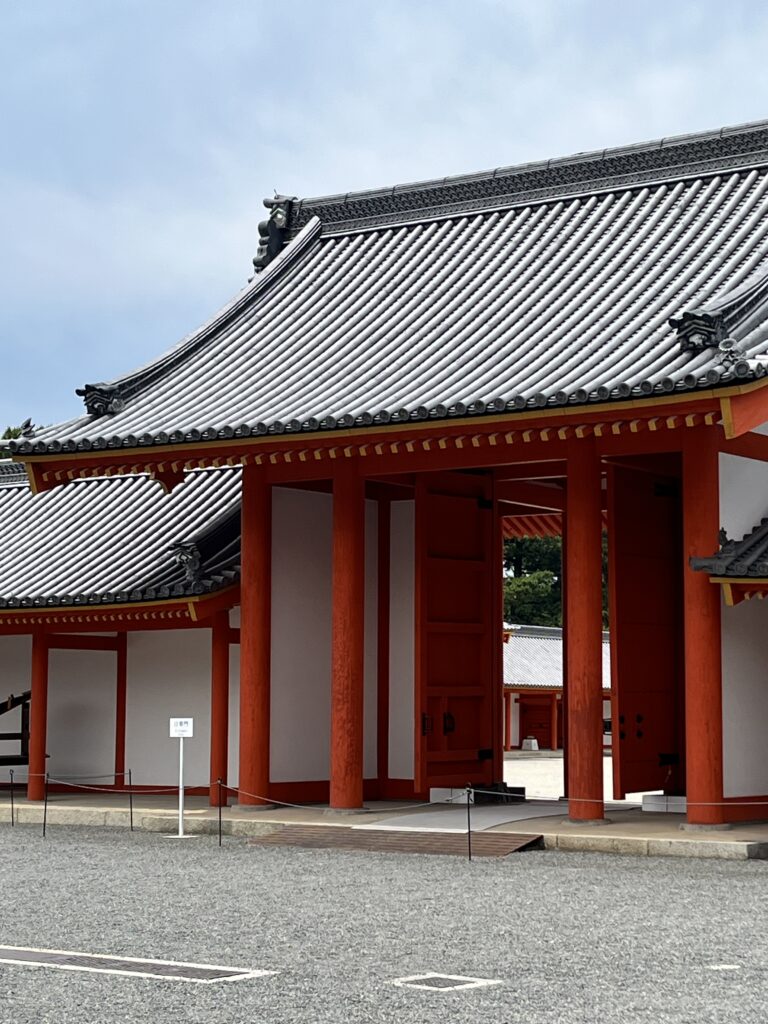
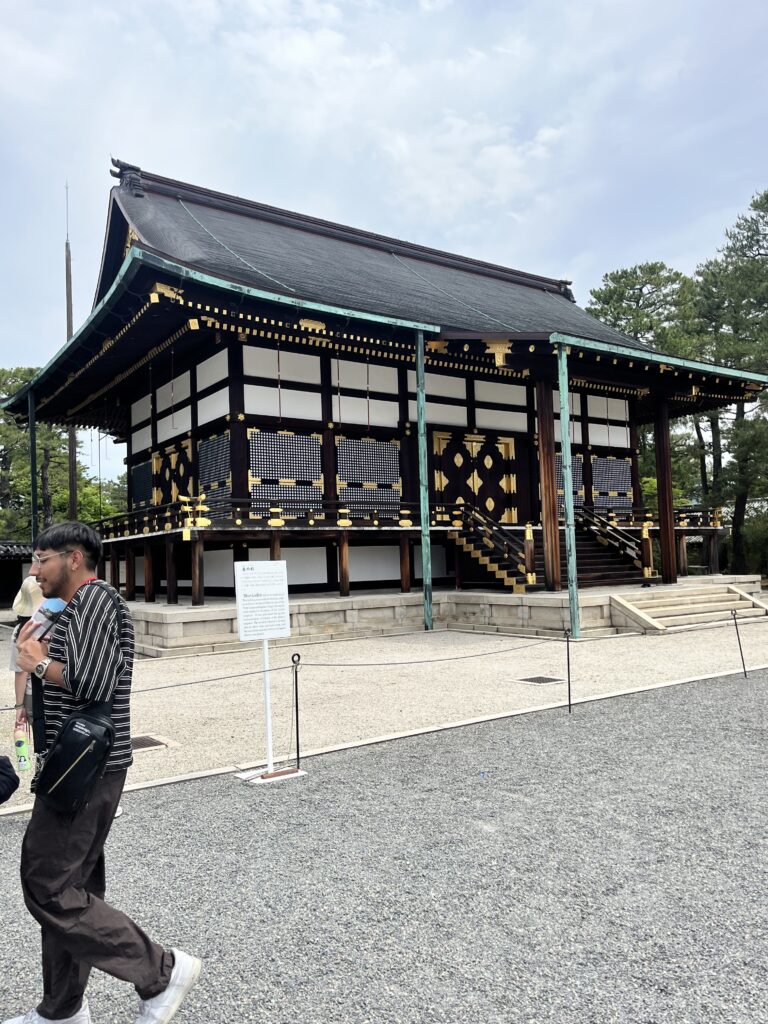
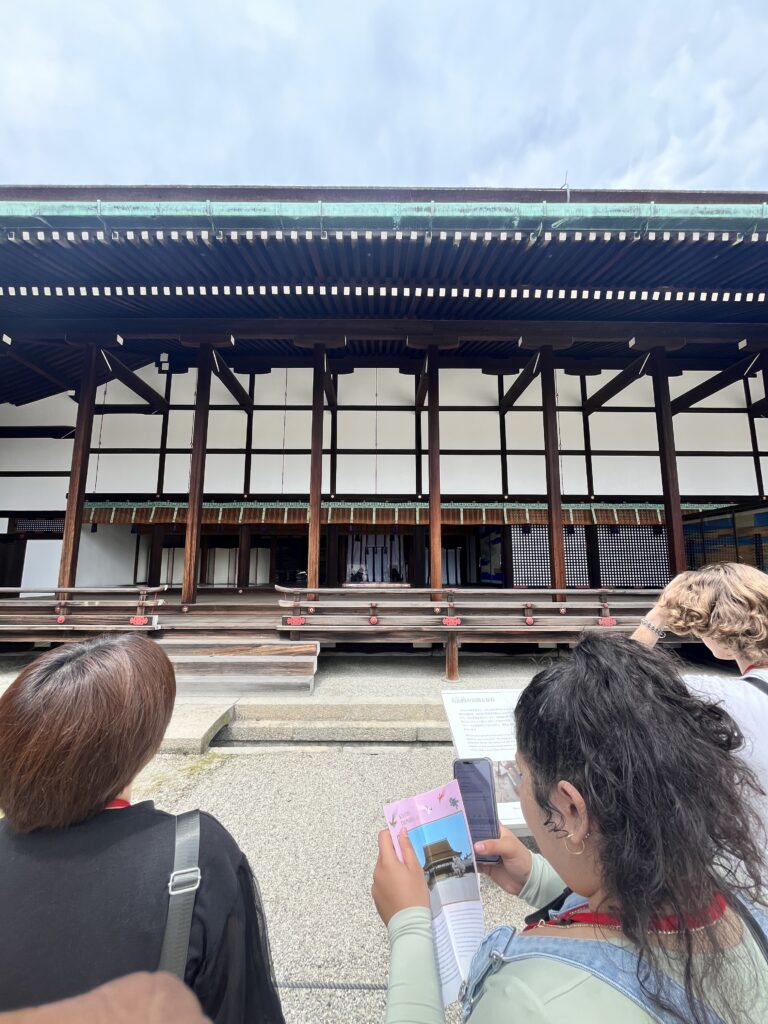
Beautiful Japanese gardens with carefully designed sections with ponds, cherry blossoms, and stone arrangements beautify the palace grounds. These gardens are a serene haven, especially in the fall and during the cherry blossom season. The gardens offer a variety of visual experiences all year long as they transform with the seasons. Visitors particularly want to see the autumn foliage and the cherry blossoms in the spring.
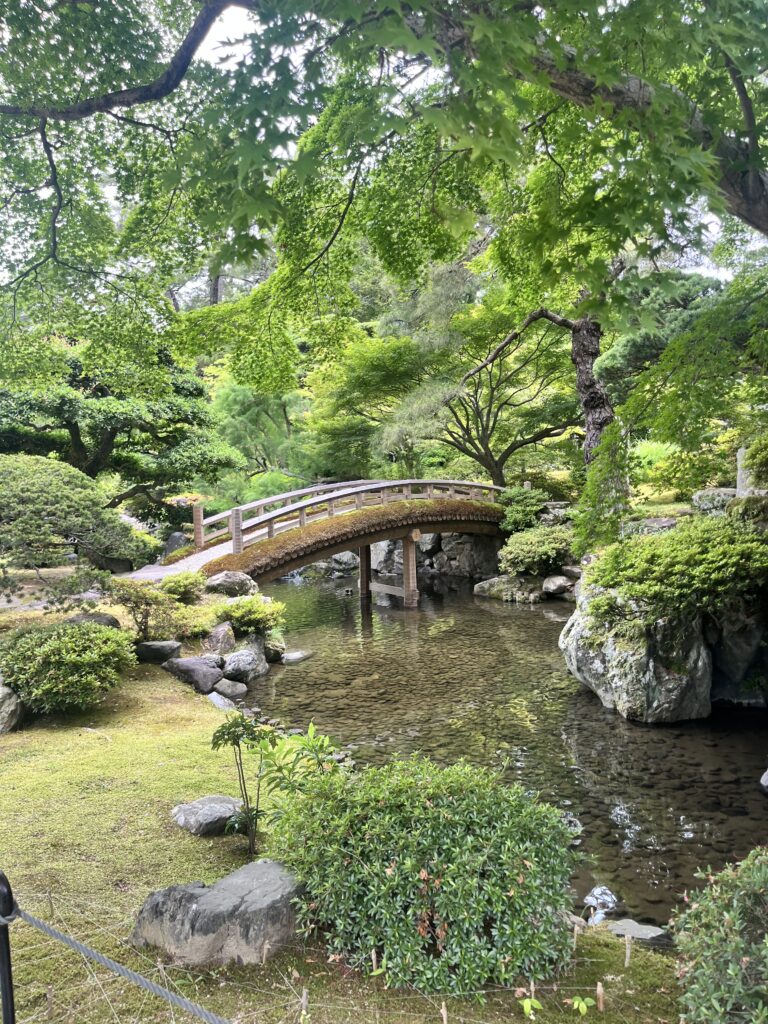
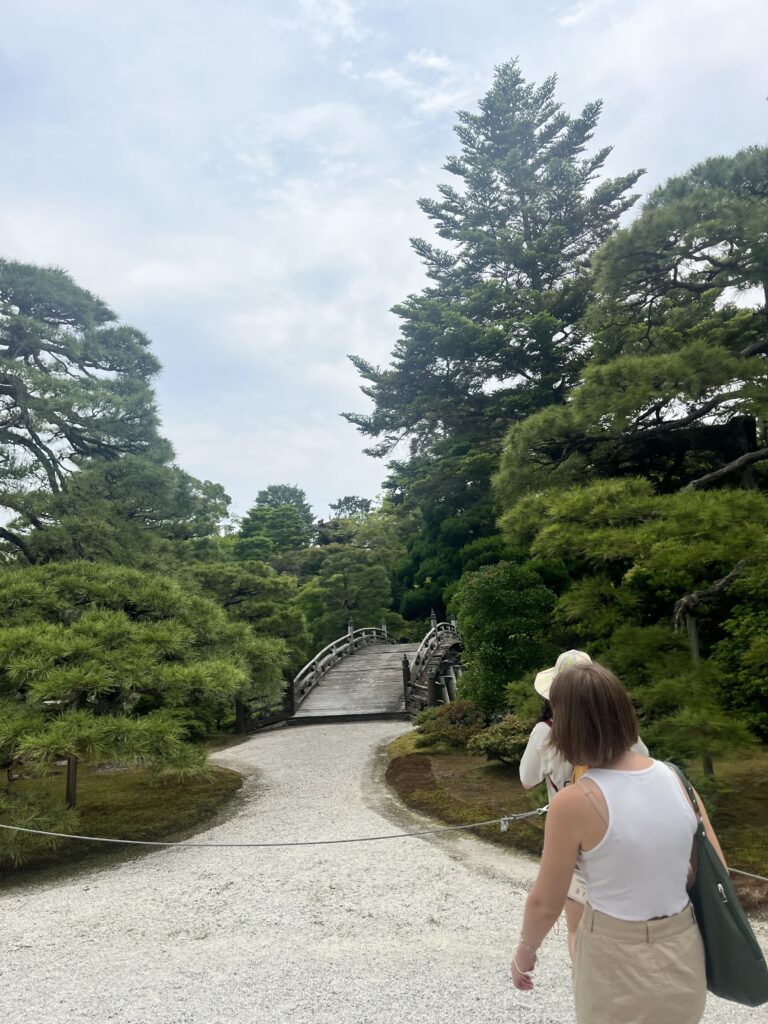
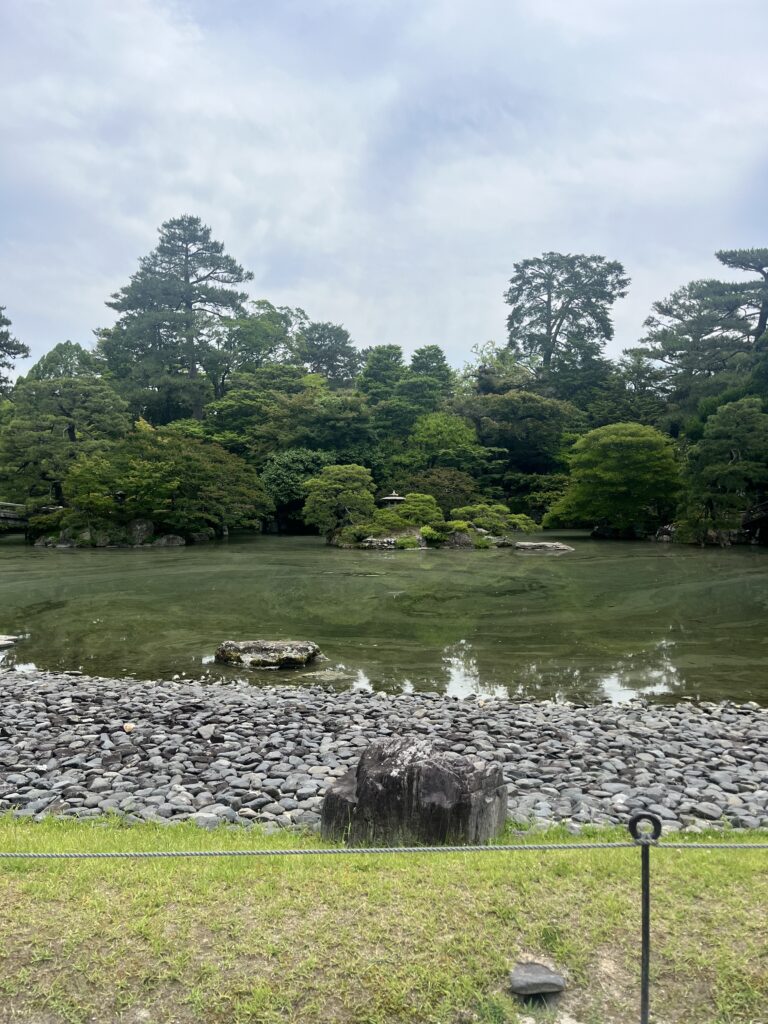
The Imperial Household Agency provides guided tours of the palace in English, including commentary on the location’s cultural significance, History, and architecture. These educational excursions improve guests’ comprehension and admiration of the palace.
Occasionally, the palace arranges special exhibitions and events that allow guests to immerse themselves in traditional Japanese culture. These events include cultural performances and seasonal festivals.
More than a sightseeing excursion, a visit to the Kyoto Imperial Palace is an immersion into the refined traditional Japanese aesthetics and a journey through Japanese history. The Imperial Palace offers a unique experience that embodies Japan’s cultural legacy. Whether you are a history lover, an admirer of architecture or just looking for a peaceful getaway, the Imperial Place is for you
3. Kiyomizu-dera: the temple of pure water
As you approach Kiyomizu-dera, the vibrant red hues of the Niomon (main gate) and the three-story Koyasu Pagoda contrast sharply with the lush greenery of the surrounding forest.
This temple is dedicated to Kannon, the goddess of mercy. Kiyomizu-dera is a temple with breathtaking views of Kyoto, perched on the slopes of Otowa Mountain in the city’s eastern section. This UNESCO World Heritage monument, rebuilt in 1633 after being founded in 778, is well known for its wooded stage that protrudes from the main hall and rises 13 meters over the slope. The views from the stage are spectacular, especially in the fall and cherry blossom seasons.
Otowa Waterfall, which flows beneath the great hall of Kiyomizu-dera, is the source of the temple’s name, which translates to Pure Water Temple. It is thought that drinking from each of the three streams will grant distinct blessings, such as longevity, academic success, or luck in romantic relationships. Couples and singles frequent the temple complex because it houses the Jishu Shrine, devoted to the goddess of love and matchmaking.
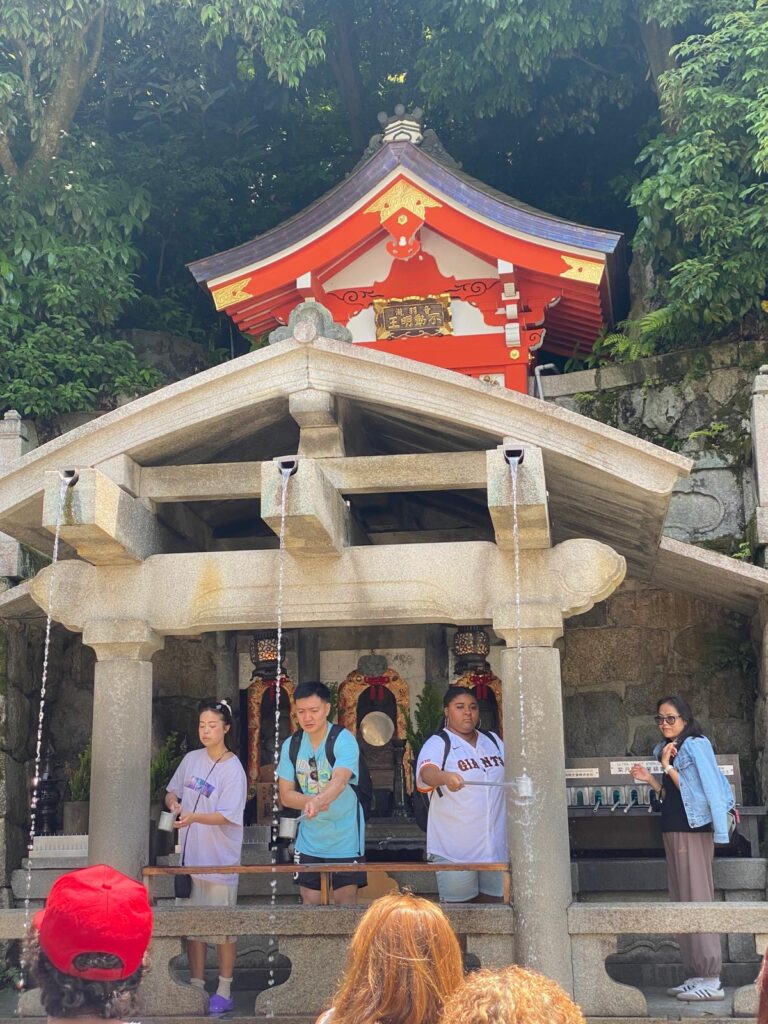
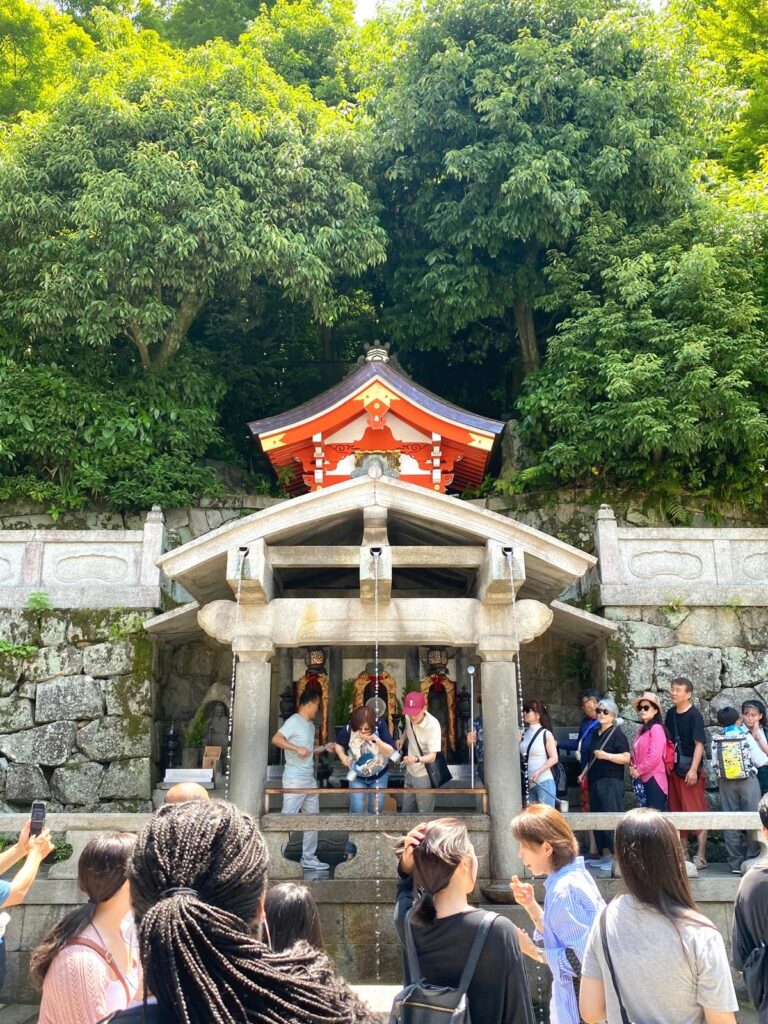
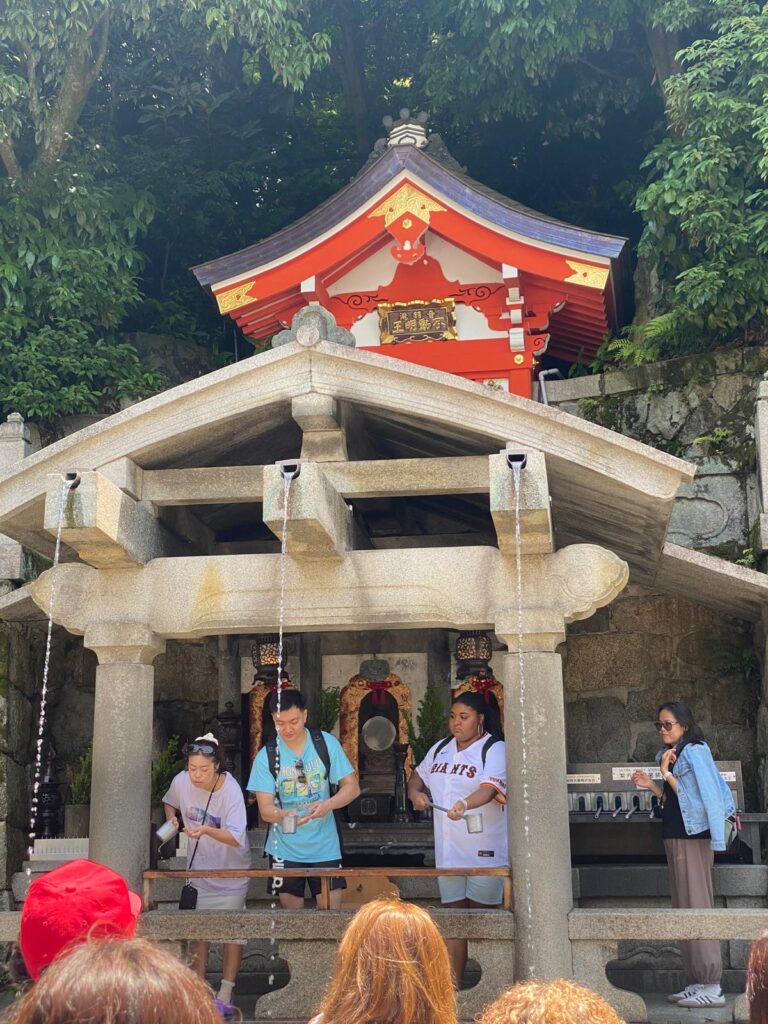
Visiting Kiyomizu-Dera is a unique experience that perfectly embodies Japanese culture and tradition with its serene environment and old architecture. Whether you’re looking for cultural stimulation, spiritual enlightenment, or a gorgeous location to explore, Kiyomizu-dera has something to offer everyone.
Kyoto is a city that offers an abundance of cultural, historical and scenic attractions. For every traveler wishing to experience the spirit of Japan, Kyoto is a must-visit location. These three locations offer distinct viewpoints on Japan’s history and culture.
